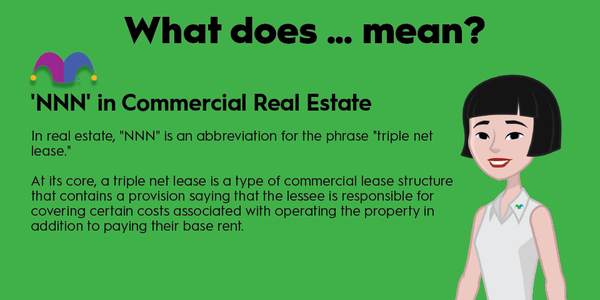Net asset value (NAV) is a financial calculation showcasing the value of an investment fund's assets minus any liabilities. Funds often calculate NAV on a per-share basis. They use NAV to report changes in equity value to investors and as the market value for selling or repurchasing shares. Learn more here about NAV -- its definition, a formula for calculating NAV, how it's used, and an example.

What is it?
What is meant by net asset value?
Net asset value, or NAV, is an investment fund's total assets minus its total liabilities. It's often expressed on a per-share basis by dividing NAV by the total outstanding shares. NAV shows investors the current market value of an investment fund's net assets, which might differ from its current share price.
NAV is very similar to a company's book value, which is also its total assets minus liabilities. Investment funds tend to use NAV, while corporations will use book value.
Formula
What is the formula for net asset value?
Net asset value is relatively easy to calculate. The NAV formula is: NAV = Total Assets – Total Liabilities.
For example, if an investment fund has $100 million in total assets and $50 million in total liabilities, its NAV would be $50 million ($100 million – $50 million = $50 million).
Many investment funds also showcase their NAV on a per-share basis. The NAV per share formula is: NAV/Total outstanding shares.
For example, if that same investment fund had 5 million outstanding shares, its NAV per share would be $10 ($50 million/5 million=$10).
How is it used?
How do investment funds use net asset value?
Various investment funds, such as mutual funds, exchange-traded funds (ETFs), and real estate trust funds (REITS), use NAV to report the fund's equity value to investors. They also use NAV as a basis for the price at which they sell shares to investors or repurchase them.
Mutual funds report NAV at the end of each trading day. The fund's manager uses the closing price of all the securities within the fund. It then subtracts liabilities and divides the NAV by its outstanding shares. Mutual funds use NAV as the value at which they sell shares to investors.
ETFs also use NAV. However, because they trade like stocks, their market value can differ from their NAV. Shares can sell at a premium to the fund's NAV if investors bid up the share price or a discount if they sell them off. Investors should consider an ETF's NAV before buying shares to ensure they aren't paying a significant premium to NAV for the shares.
Many non-traded REITs use NAV to calculate the net value of their real estate assets. These REITs will also use NAV as the value for selling additional shares to investors or for share redemptions.
Related investing topics
Example
An example of net asset value
Many investment funds use NAV as the market price for selling additional shares to investors and for redemptions. A notable example is Blackstone's (BX -0.03%) non-traded REIT, Blackstone Real Estate Income Trust (BREIT). In mid-2023, the leading non-traded REIT owned more than 5,000 properties worth $122 billion. After subtracting liabilities, its NAV was $68 billion (and $14.58 per Class S share). Investors can buy shares at that price (less any selling commission). They can also redeem their shares at the previous month's NAV price (or 98% of NAV for shares held less than a year). However, Blackstone limits repurchases to 2% of NAV each month and 5% per quarter.




























